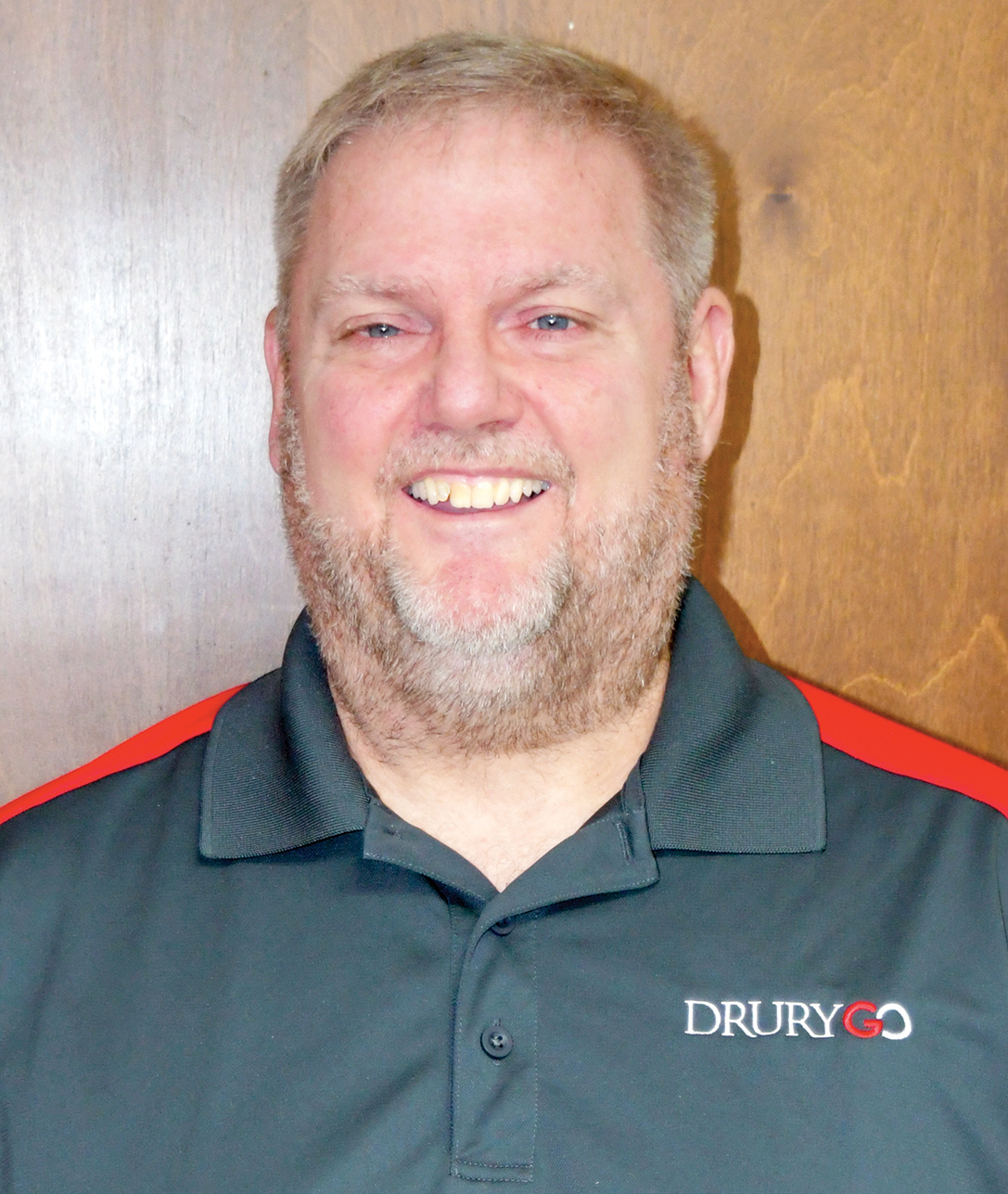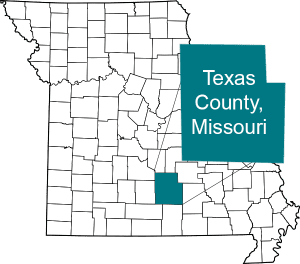Green incumbent Ed Williamson re-elected to County Health Department Board in Texas County, Missouri
Share
“Health care is a right, not a privilege.”
That principle, enshrined in the Green Party of the United States platform, guided Missouri Green Ed Williamson in his first four-year term of office on the Texas County Health Department (TCHD) Board of Trustees in rural southern Missouri — and led to his re-election on April 4, 2023.

Williamson was first elected to TCHD Board in 2019. An associate professor of education and child development at Drury University in Southern Missouri since 1999, and minister of the Bendavis Church of Christ in western Texas County since 1985, Williamson has deep roots in the community – and that’s been reflected in his understanding of local health care issues.
Health care matters
The top priority for Williamson since first entering office has been improving mental health treatment options for Texas County residents. As his proudest achievement in his first term, Williamson points to the TCHD Board’s purchase and renovation of a building adjacent to the County Health Department’s building, which opened in 2022 as a Community Mental Health facility.
“There is a severe lack of mental health resources and treatment options in rural southern Missouri, so this was a big deal. And the cost is nil because services are provided through grants that have been received by the TCHD. The Community Resource Center also allows non-profit organizations to use the building and some of these also offer mental health resources.”
Another key issue for Williamson has been the opioid crisis. Like in much of rural America, the nation’s opioid epidemic has been felt in Texas County. In response, Williamson prioritized providing education about the dangers of drugs such as fentanyl, and access to resources to counteract opioid overdoses.
A major unexpected healthcare challenge during Williamson’s first term was the COVID-19 pandemic.
“We can’t talk about the last four years without discussing the tremendous impact COVID-19 had on the TCHD. Our health department was very busy providing resources, including vaccinations to residents of the county. I think that we were able to respond to the epidemic without going to one extreme or the other with regard to masking and vaccinations. So, I am proud of the work we accomplished.”
And how did the TCHD walk this fine line?
“The TCHD did not legislate or mandate masks in Texas County on their own accord. We tried very hard to simply emphasize what the Missouri State Department of Health and Senior Services, along with the CDC, were mandating. Our county had a very large percentage of citizens who simply refused to follow the protocols from the state and federal organizations. But we did not inflame the situation by going beyond their recommendations and protocols and mandating things on our own.”
Running for office
Originally in 2019, Williamson had not considered running for the Board. But when no one had filed to run when the filing deadline came and passed, Williamson began receiving phone calls and while around town, ran into people asking him to run as a write-in candidate. He agreed and ended up receiving more votes than anyone else, finishing first for one of two open seats, and began serving in office in April 2019.
In 2023 his four-year seat was up. Three candidates ran for the two open seats— Williamson, an appointed incumbent (Jim Hagler, who was appointed mid-term when the other candidate elected with Williamson in 2019 stepped down) , and a third candidate. A total of 2,510 voters showed up at the polls. Williamson received 1,430 votes (57% of those voting), Hagler 1,432 (57.1%), and the third candidate 687 (27.4%).

The 2023 campaign itself was relatively low-key. None of the three candidates took out newspaper or radio ads, nor had campaign signs or brochures. Rather the primary forum for the campaign was providing answers to the candidate questionnaire in the Houston Herald, the newspaper of record in Houston, Missouri — the county seat of Texas County county. The questions were “Tell us about yourself “, “What are the most pressing needs of public health in the county?”, ”Why do you want to be a member of the Texas County Health Department board?” and What initiatives would you like to see tackled over the next few years?
In his answers, Williamson emphasized continuing to work on his main priorities from his first term: providing mental health resources, education and resources about opioids, and basic medical services such as vaccinations. He also stressed the need for the TCHD to ensure the Health Department is adequately staffed to meet the needs of all who live in the county.
Williamson used social media to promote his candidacy, albeit sparingly. On March 20 Williamson posted on his Facebook page about his candidacy about two and a half weeks prior to the election and then again urging folks to vote the day before election day
Williamson’s campaign also benefited from word-of-mouth. As a winning write-in candidate behind whom the community organized in 2019 — and after spending nearly all of his life in Texas County, Williamson entered the campaign with a large network of supporters.
Texas County roots

Demonstrating how a record of community service is important in electoral politics, Williamson’s long history in Texas County provided him with a base of recognition and credibility when he ultimately decided to run for office in 2019.
With a population of approximately 25,000, Texas County is the largest of Missouri’s 114 counties, comprising 1179 square miles of Ozark Highlands.
Except for a few years while his father was stationed out of state and a couple of years after high school Williamson has lived in Texas County his whole life. A graduate of Houston High School (class of ’81), Williamson worked at Pizza Express in Houston while finishing his teacher certification and graduated from Southwest Baptist University in 1991. He started as a school teacher in the Texas County towns of Raymondville and Summersville between 1991 and 1999. During this same period, he earned a Masters of Education from Southwest Baptist University in 1993, and a Ph.D. from the University of Missouri-Columbia in 1998.
In his spare time, Williamson likes to volunteer at the George Washington Carver National Monument in Diamond, Missouri, and speak to schools and other groups about Carver (ca. 1864–1943), who was born enslaved in Missouri at the time of the Civil War and became a renowned agricultural scientist and inventor. As if this wasn’t enough, Carver is also a member of the Concord Cemetery of Texas County board and the Carver Birthplace Association Board of Directors.
And why join the Green Party?
Green Party
Williamson has been a member of the Green Party since 2016 — and says he is a firm believer in the Four Pillars and Ten Key Values of the Green Party. In both 2016 and 2020 Williamson voted for the Green Party’s presidential candidates – Jill Stein (2016) and Howie Hawkins (2020).
Originally Williamson joined the Greater Springfield Chapter of the Missouri Green Party. But because of distance (their meetings are 100 miles away) he hasn’t been able to fully participate. So today he is simply an at-large of the statewide Green Party.
And how do Green Party values apply to his local work in elected office?
“The TCHD exists to ensure that everyone in our county can receive medical care and resources without regard to cost. There is a tremendous amount of poverty in our region. My experience with the Green Party has helped me focus on those in greatest need.”
“Anytime I can advocate for any of the pillars and values in our deliberations at the TCHD I have done so. I believe very strongly in having a good personal example as well, so my life is a reflection (hopefully) of what the party stands for as well as my Christian faith. Having good personal relationships goes further in promoting what the Green Party stands for than just about anything else, in my opinion.”
“While some of the people who wrote my name in 2019 and voted for me in 2023 knew I was a member of the Green Party, that is not germane to my role. You don’t run for the health board as a Green, Democrat, Republican, or anything else, just as a citizen. However, I am a proud Green and that will impact how I vote on issues on behalf of the citizens of Texas County.”
When Williamson was elected in 2019, it was the first time a Green had been elected in Missouri since 1994, when Terri Williams was elected in a non-partisan race as Mayor of Webster Grove (St. Louis County) and Matt Harline re-elected in a non-partisan race for the Colombia City Council (Boone County), after being elected there a first time in 1991.

Since Harline first ran, 104 Greens have run for office in Missouri. Twenty-six have run on the Federal level: US Senate (7) and US House of Representatives (19). Fourteen have run for statewide office: Governor (3), Lt. Governor (3), Secretary of State (2), State Auditor (3), State Treasurer (1), and State Supreme Court (2).
Thirty-three Missouri Greens have run for the Missouri State Legislature: State Senate (7) and State House of Representatives (26). Nine have run on the county level: County Executive (7) and County Auditor (2). Twenty have run on the municipal level: Mayor (2), President of the Board of Alderman (2), City Council (11), and for various municipal administrative offices (5). Then of course are the two times Williamson has run and been elected to the Heath District Board of Directors.
Looking towards 2024, the Missouri Green Party hopes to regain statewide ballot status, which would enable it to place candidates on the November 2024 General Election ballot for state and federal office. To accomplish this, Missouri state law requires that 10,000 valid petition signatures must be turned in by July 31, 2024. Then to retain ballot status, at least one Missouri Green candidate must receive at least 2% in a statewide office. Previously the Missouri Green Party had ballot status in the 2016, 2018 and 2020 elections. Before that, Missouri Greens placed then-Green presidential candidate Ralph Nader on the statewide ballot in 2000.





